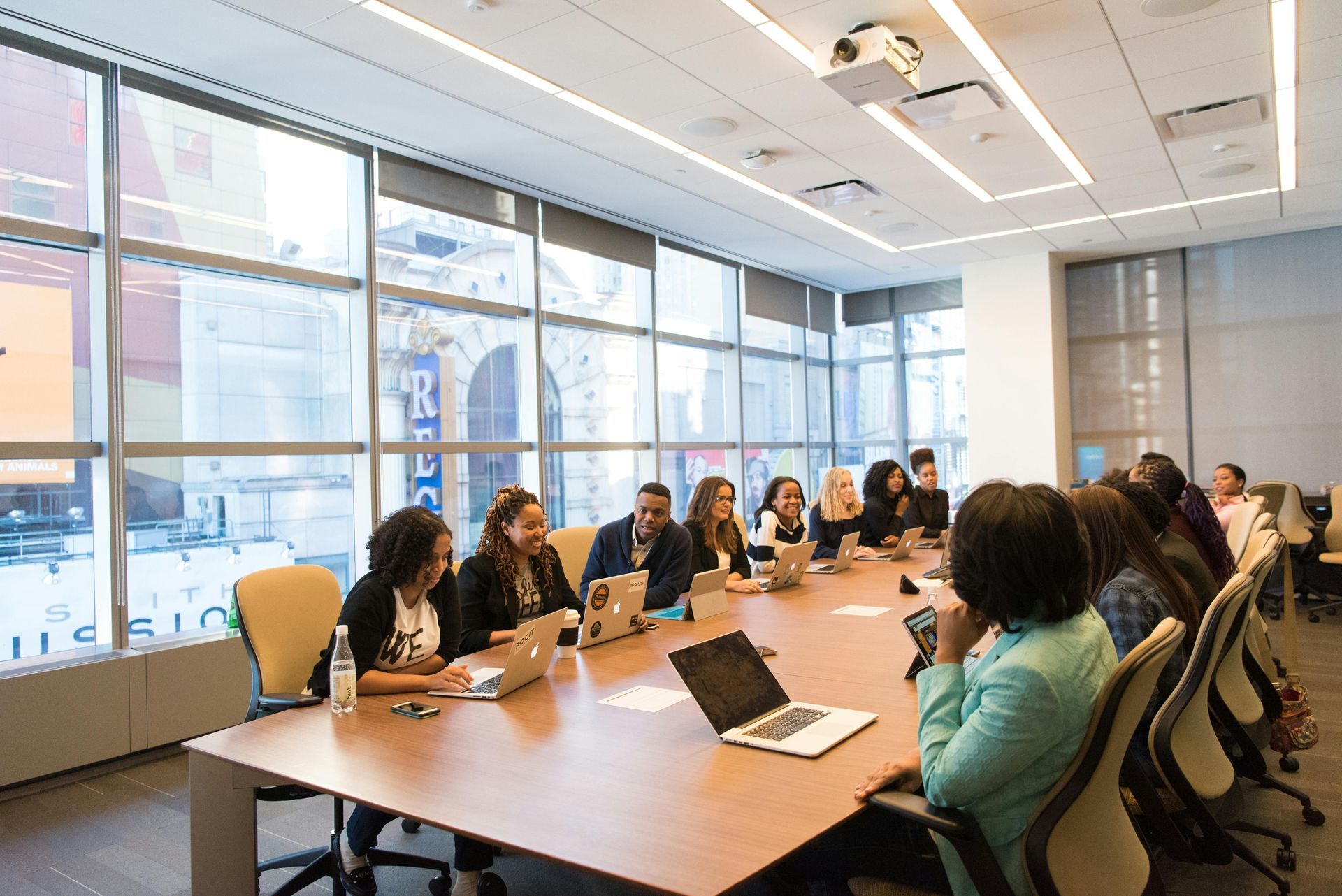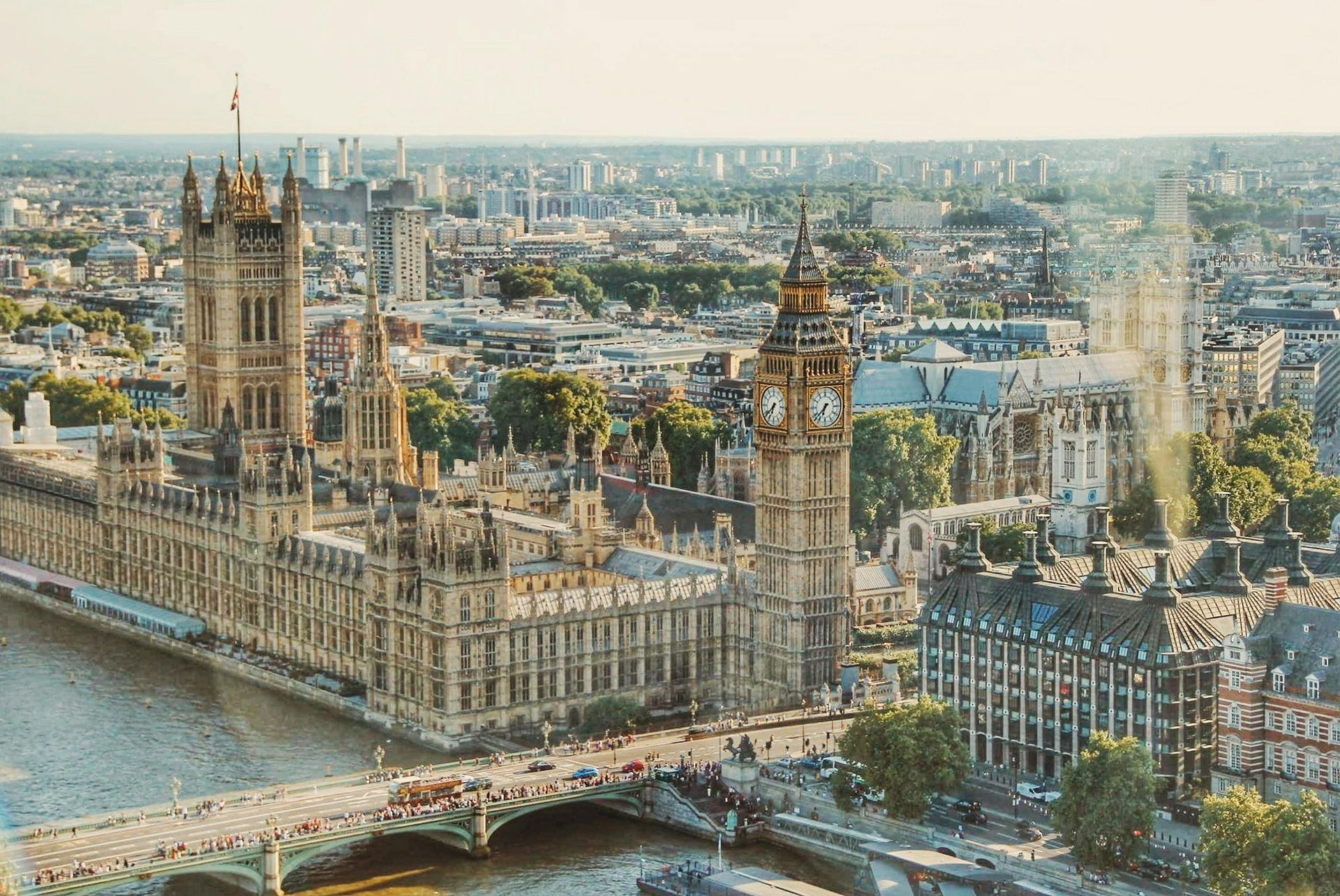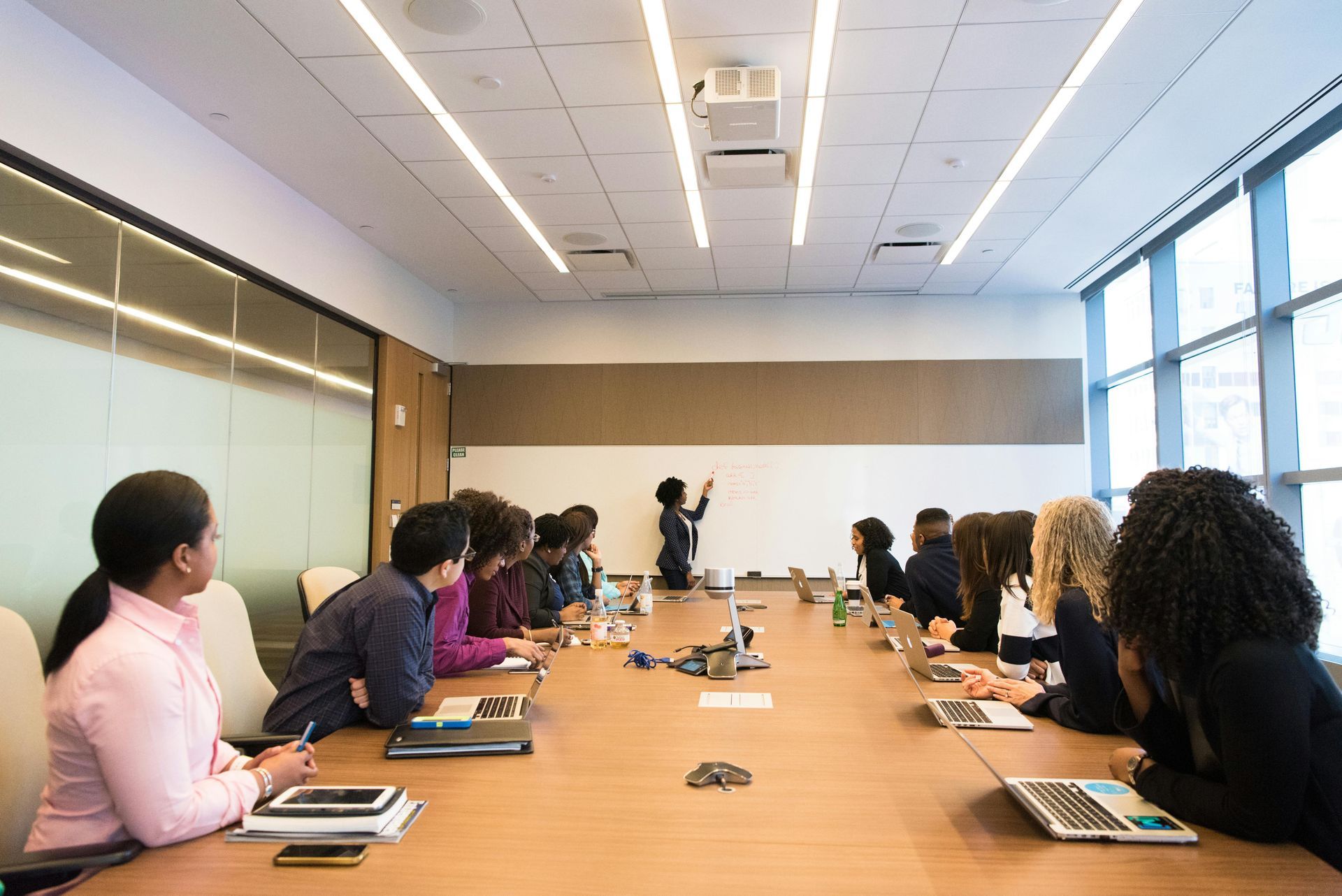Negotiating Working Conditions in Film Industry

The film and television industry is a complex ecosystem with numerous stakeholders, each wielding significant influence over the production process. Among these, unions and guilds play a pivotal role through collective bargaining agreements (CBAs), which dictate working conditions, wages, benefits, and other critical aspects of employment. We'll discuss the intricacies of collective bargaining in the film and television industry, highlighting its history, key players, and the ongoing challenges faced by both employers and employees.
The History of Collective Bargaining in Film and Television
The history of collective bargaining in the film and television industry is rich and storied, marked by numerous labor movements and strikes that have shaped the landscape we see today. From the early days of Hollywood to the modern era, unions such as the International Alliance of Theatrical Stage Employees (IATSE), the Screen Actors Guild (SAG-AFTRA), and the Directors Guild of America (DGA) have fought tirelessly to secure better working conditions for their members.
Early Labor Movements
In the early 20th century, the burgeoning film industry was characterized by long hours, low pay, and unsafe working conditions. The lack of regulation and oversight led to the formation of labor unions, which sought to protect workers' rights and improve their working conditions. The first significant labor movement in the industry was the formation of IATSE in 1893, which initially represented stagehands but later expanded to include film workers.
The Rise of Guilds
The 1930s and 1940s saw the rise of guilds such as the Screen Actors Guild and the Writers Guild of America (WGA), which were established to represent the interests of actors and writers, respectively. These guilds played a crucial role in negotiating better wages, residuals, and benefits for their members, often through contentious negotiations and strikes. The establishment of the Alliance of Motion Picture and Television Producers (AMPTP) in 1924 further formalized the collective bargaining process, as it became the primary negotiating body for producers and studios.
Key Players in Collective Bargaining
Unions and Guilds
Unions and guilds are the backbone of collective bargaining in the film and television industry. The major players include:
- IATSE: Represents a wide range of workers, including camera operators, editors, and stagehands.
- SAG-AFTRA: Represents actors, announcers, and broadcast journalists.
- DGA: Represents directors, assistant directors, and production managers.
- WGA: Represents writers in film, television, and new media.
AMPTP
The AMPTP serves as the primary negotiating body for over 350 American film and television production companies. It plays a pivotal role in negotiating collective bargaining agreements with various unions and guilds. The AMPTP's primary objective is to represent the interests of producers and studios, ensuring that they can operate efficiently while adhering to the terms of CBAs.
The Negotiation Process
The negotiation process for collective bargaining agreements is intricate and multifaceted, often involving months of preparation, discussions, and compromises. Here are the key steps involved:
Preparation
Both parties—unions/guilds and the AMPTP—begin by identifying their key objectives and priorities. This involves extensive research, data collection, and consultations with members to understand their needs and concerns. For instance, unions may focus on securing better wages and working conditions, while the AMPTP may prioritize cost containment and operational efficiency.
Bargaining
The actual bargaining process is a series of meetings where both parties present their proposals and negotiate terms. This phase can be highly contentious, as both sides aim to secure the best possible deal for their constituents. Key issues often include wages, residuals, health and pension benefits, and working conditions. The use of professional negotiators and legal experts is common to navigate the complexities of labor law and industry regulations.
Ratification
Once a tentative agreement is reached, it must be ratified by the union or guild members. This involves a voting process where members review the terms of the agreement and decide whether to accept or reject it. If the agreement is rejected, the parties may return to the bargaining table, or in some cases, strikes or lockouts may occur.
Challenges and Trends in Collective Bargaining
Evolving Working Conditions
The advent of new technologies and the rise of streaming platforms have significantly altered the landscape of the film and television industry. These changes have introduced new challenges in collective bargaining, such as the need to address issues related to digital distribution, residuals for streaming content, and the gig economy. Unions and guilds must continuously adapt to these changes to protect their members' interests.
Strikes and Labor Disputes
Strikes and labor disputes are not uncommon in the film and television industry. High-profile strikes, such as the 2023 Writers Guild of America and Screen Actor's Guild strikes, have had significant impacts on production schedules, economic outcomes, and industry practices. These disputes often highlight the deep-seated tensions between labor and management, underscoring the importance of effective negotiation and compromise.
The Role of International Agreements
As the film and television industry becomes increasingly global, international labor agreements and co-productions introduce additional complexities into the collective bargaining process. Unions and guilds must navigate varying labor laws and regulations across different countries, making it essential to have a deep understanding of international labor relations.
Practical Advice for Industry Stakeholders
For independent film producers, studio finance executives, production accountants, and industry professionals, navigating the complexities of collective bargaining agreements can be daunting. Here are some practical tips:
Independent Film Producers
- Understand the Basics: Familiarize yourself with the key terms and conditions of CBAs, including wage scales, working hours, and residuals.
- Consult Experts: Engage with labor relations experts or legal advisors to ensure compliance with union agreements and avoid potential legal complications.
- Stay Informed: Keep abreast of the latest developments in labor relations and industry trends to anticipate potential challenges and opportunities.
Studio Finance Executives
- Provide Effective Training: Develop tailored training programs for your team to enhance their understanding of payroll and labor relations.
- Monitor Changes: Stay updated with the latest changes in union agreements and labor laws to ensure compliance and minimize risks.
- Collaborate with Unions: Foster positive relationships with unions and guilds to facilitate smoother negotiations and conflict resolution.
Film Production Accountants
- Master Payroll Management: Gain a deep understanding of payroll management in accordance with CBAs to ensure accurate and timely payments.
- Offer Reliable Guidance: Provide informed financial advice to producers, considering the implications of union agreements on production budgets.
- Leverage Technology: Utilize payroll software and tools to streamline processes and maintain accurate records.
Collective bargaining in the film and television industry is a complex but essential process that shapes the working conditions and rights of thousands of industry professionals. By understanding the history, key players, and negotiation process, stakeholders can navigate this intricate landscape more effectively. Whether you're an independent film producer, studio finance executive, or film production accountant, staying informed and seeking expert guidance can help you manage collective bargaining agreements with confidence and competence.









